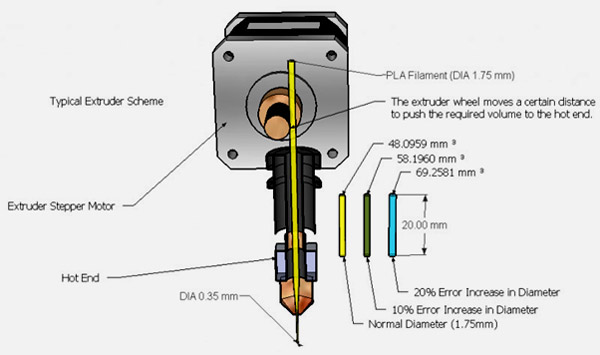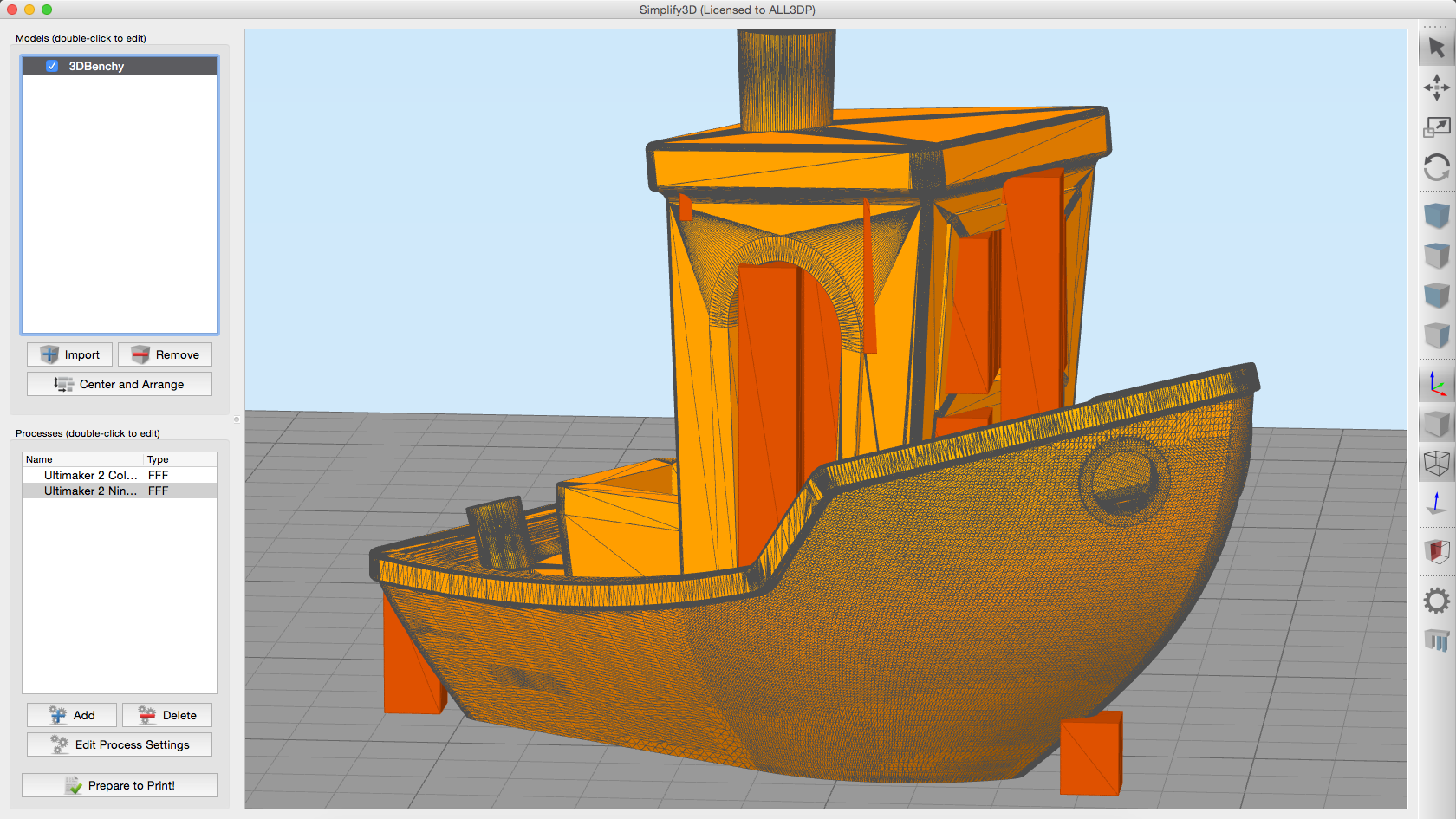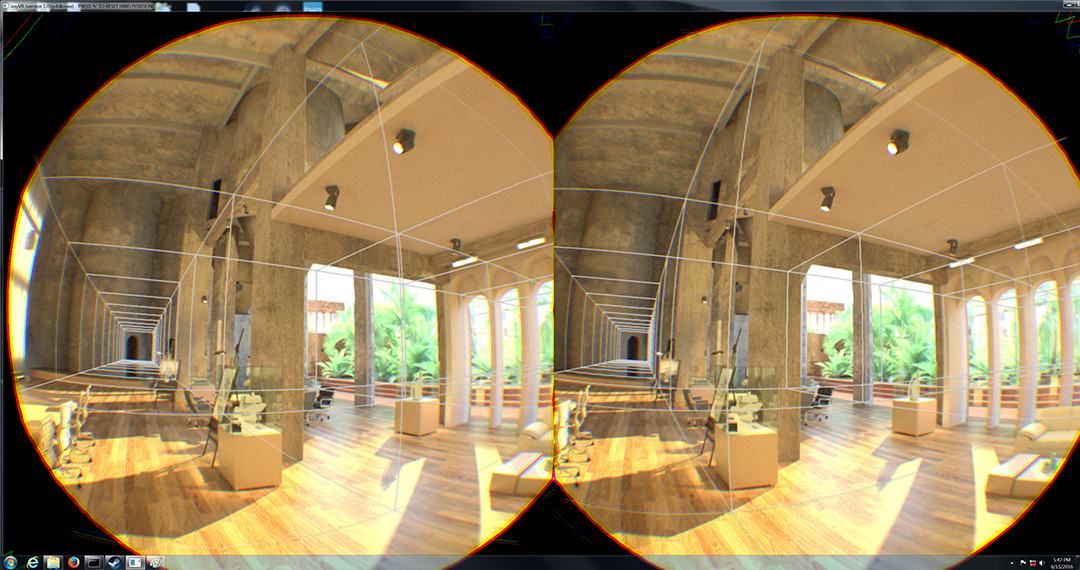Views : 1,125





3Dprinting (185) A.I. (926) animation (356) blender (224) colour (241) commercials (53) composition (154) cool (375) design (661) Featured (94) hardware (319) IOS (109) jokes (141) lighting (302) modeling (160) music (189) photogrammetry (199) photography (758) production (1311) python (108) quotes (501) reference (318) software (1385) trailers (311) ves (579) VR (221)
POPULAR SEARCHES unreal | pipeline | virtual production | free | learn | photoshop | 360 | macro | google | nvidia | resolution | open source | hdri | real-time | photography basics | nuke
Author: pIXELsHAM.com
COLLECTIONS
| Featured AI
| Design And Composition
| Explore posts
POPULAR SEARCHES
unreal | pipeline | virtual production | free | learn | photoshop | 360 | macro | google | nvidia | resolution | open source | hdri | real-time | photography basics | nuke
FEATURED POSTS
-
SourceTree vs Github Desktop – Which one to use
-
Kling 1.6 and competitors – advanced tests and comparisons
-
AI Data Laundering: How Academic and Nonprofit Researchers Shield Tech Companies from Accountability
-
Alejandro Villabón and Rafał Kaniewski – Recover Highlights With 8-Bit to High Dynamic Range Half Float Copycat – Nuke
-
How does Stable Diffusion work?
-
Black Body color aka the Planckian Locus curve for white point eye perception
-
Google – Artificial Intelligence free courses
-
Game Development tips
Social Links
DISCLAIMER – Links and images on this website may be protected by the respective owners’ copyright. All data submitted by users through this site shall be treated as freely available to share.














